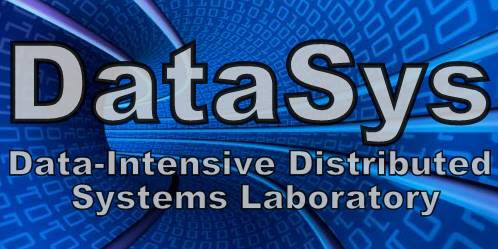 Bridging
the gap between HPC and IaaS clouds
Bridging
the gap between HPC and IaaS clouds
Dr.
Bogdan Nicolae
Postdoctoral Research Fellow
Joint Laboratory for Petascale Computing
Institute for Advanced Computing Applications and Technologies
National Center for Supercomputing Applications
Stuart Building 204
Tuesday, March 6th, 2012
12:45PM-1:45PM
Slides
Abstract: IaaS clouds can provide a competitive replacement for leasing time on leadership-class facilities that employ expensive supercomputers, which are not readily available for the masses. Porting HPC applications to clouds is a challenging task that raises several research issues: how to achieve acceptable performance levels given the dynamic nature of the cloud (i.e. multi-tenancy, overhead due to the virtualization layer), how to adapt the existing HPC storage stack to existing cloud storage building blocks (and the reverse), how to achieve fault tolerance both at the level of computation and storage, etc. This talk explores several of these research issues, presenting some preliminary experiences in this area.
Bio: Bogdan Nicolae is a postdoctoral research fellow at INRIA Saclay, Île-de-France. He is part of the Joint Laboratory for Petascale Computing, a joint initiative of INRIA, the Institute for Advanced Computing Applications and Technologies, and the National Center for Supercomputing Applications. He received his Engineering Degree in 2007 from the Computer Science Department of Politehnica University Bucharest, Romania. In 2010, he defended his PhD titled "BlobSeer: Towards efficient data storage management for large-scale, distributed systems" at Université de Rennes, France. His current work revolves around bridging the gap between cloud computing and high performance computing. In particular, he is adapting virtualization techniques to run high performance applications efficiently and in a fault-tolerant fashion on the cloud, while minimizing resource utilization costs.
 Data-Intensive Distributed Systems Laboratory
Data-Intensive Distributed Systems Laboratory